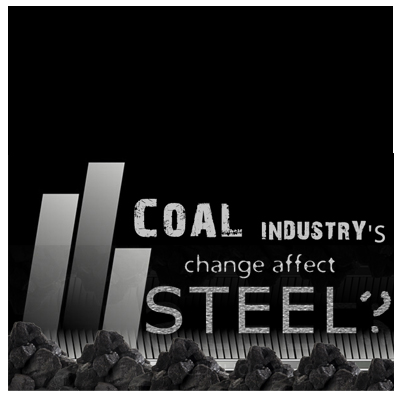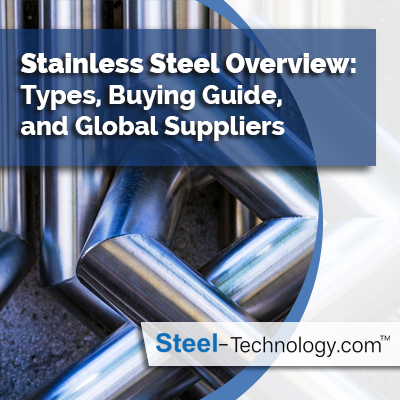Closing the Loop: Advanced Waste Management in the Steel Industry

The steel industry is one of the cornerstones of modern industrial civilization, crucial for infrastructure, construction, transportation, and various manufacturing sectors. However, it is also one of the most resource-intensive and environmentally challenging industries. The production of steel generates significant amounts of waste, including slag, dust, sludge, and gases. Efficient waste management is essential to minimize environmental impact, comply with regulations, and improve overall sustainability. This article delves into the advanced waste management strategies in the steel industry, focusing on innovations, benefits, challenges, and future trends.
A. Understanding Waste in the Steel Industry
Steel production involves several processes, including ironmaking, steelmaking, casting, rolling, and finishing. Each stage produces various types of waste:
Blast Furnace Slag: A by-product of ironmaking in blast furnaces, consisting of impurities separated from the molten iron.
Steel Slag: Generated in steelmaking processes such as basic oxygen furnaces and electric arc furnaces.
Dust and Sludge: Fine particles and sludge are collected from air pollution control systems and water treatment facilities.
Spent Refractories: Worn-out materials from linings of furnaces and other high-temperature processing units.
Gases: Emissions such as carbon dioxide (CO2), carbon monoxide (CO), sulfur oxides (SOx), and nitrogen oxides (NOx).
B. Advanced Waste Management Strategies
a. Recycling and Reuse
Slag Utilization
- Cement and Concrete Production: Blast furnace slag can be granulated and ground to produce ground granulated blast furnace slag (GGBFS), which is used as a supplementary cementitious material in concrete, improving durability and reducing the carbon footprint.
- Road Construction: Steel slag is utilized as aggregate in road construction, providing superior mechanical properties and durability compared to natural aggregates.
Dust and Sludge Recycling
- Zinc Recovery: Electric arc furnace (EAF) dust, rich in zinc, is processed through pyrometallurgical or hydrometallurgical methods to recover zinc, which is then reused in various applications.
- Briquetting: Fine dust and sludge are mixed with binders and formed into briquettes, which can be reintroduced into the steelmaking process, recovering valuable metals and reducing waste disposal needs.
Spent Refractories Reuse
- Recycling in Steel Plants: Spent refractories are crushed and sorted to recover reusable materials, which are then used to manufacture new refractory products or as raw materials in other industries, such as cement.
b. Energy Recovery and Emission Control
Gas Cleaning and Utilization
- CO and H2 Utilization: Off-gases containing carbon monoxide and hydrogen from blast furnaces and basic oxygen furnaces are cleaned and used as fuel in power plants or reheating furnaces, improving energy efficiency and reducing emissions.
- SOx and NOx Removal: Advanced gas cleaning systems, such as flue gas desulfurization (FGD) and selective catalytic reduction (SCR), are employed to remove sulfur oxides and nitrogen oxides from emissions, mitigating air pollution.
c. Circular Economy and Industrial Symbiosis
Material and Energy Exchange
- Industrial Symbiosis: Steel plants collaborate with other industries to create a network where waste or by-products from one process become raw materials for another. For example, slag can be supplied to the cement industry, while waste heat from steelmaking can be used in district heating systems.
d. Technological Innovations
Advanced Monitoring and Control Systems
- Digitalization and IoT: Implementation of Internet of Things (IoT) devices and advanced monitoring systems enables real-time tracking of waste streams and emissions, allowing for better control and optimization of waste management processes.
- Artificial Intelligence (AI): AI algorithms analyze data from production processes to identify opportunities for waste reduction, energy savings, and improved recycling efficiency.
Innovative Processing Technologies
- Plasma Arc Technology: Plasma arc furnaces can treat steelmaking dust and sludge, transforming them into valuable metals and inert slag, significantly reducing the volume of hazardous waste.
- Microwave Treatment: Microwave-assisted processing technologies are being developed to treat steel industry wastes, enhancing metal recovery rates and reducing energy consumption.
C. Benefits of Advanced Waste Management
1. Environmental Protection
- Reduction in Landfill Usage: Recycling and reusing waste materials reduce the need for landfill disposal, minimizing land contamination and saving space.
- Lower Emissions: Improved emission control technologies and the utilization of waste gases as fuel reduce greenhouse gas emissions and other pollutants, contributing to cleaner air.
2. Economic Gains
- Resource Efficiency: Recycling and recovering valuable metals and materials from waste streams lower raw material costs and improve overall resource efficiency.
- Energy Savings: Utilizing waste heat and off-gases as energy sources reduces the need for external energy supplies, leading to cost savings and increased energy efficiency.
3. Regulatory Compliance
- Meeting Standards: Advanced waste management practices help steel plants comply with stringent environmental regulations and standards, avoiding penalties and enhancing their reputation.
4. Sustainable Development
- Circular Economy: Embracing circular economy principles by closing the loop on waste materials supports sustainable development goals, promoting long-term environmental and economic sustainability.
D. Challenges and Future Trends
a. Technological and Economic Barriers
- High Investment Costs: Implementing advanced waste management technologies requires significant capital investment, which can be a barrier for smaller steel plants.
- Complexity of Waste Streams: The diverse and complex nature of waste streams in the steel industry poses challenges in developing efficient and effective recycling and treatment technologies.
b. Regulatory and Market Dynamics
- Changing Regulations: Evolving environmental regulations require continuous adaptation and innovation in waste management practices.
- Market Fluctuations: Variations in the market demand for recycled materials and recovered metals can impact the economic feasibility of waste management initiatives.
c. Future Trends
- Increased Digitalization: The integration of digital technologies and data analytics will continue to enhance waste management efficiency and effectiveness.
- Collaborative Efforts: Greater collaboration between steel plants, research institutions, and other industries will drive innovation and the development of new waste management solutions.
- Sustainability Focus: The steel industry will increasingly prioritize sustainability, with waste management playing a crucial role in achieving environmental and economic goals.
Conclusion
Advanced waste management in the steel industry is essential for minimizing environmental impact, enhancing resource efficiency, and ensuring regulatory compliance. By adopting innovative recycling, energy recovery, and emission control strategies, the steel industry can close the loop on waste materials, contributing to a more sustainable future. As technological advancements and collaborative efforts continue to evolve, the industry is well-positioned to overcome challenges and embrace opportunities for sustainable growth.










